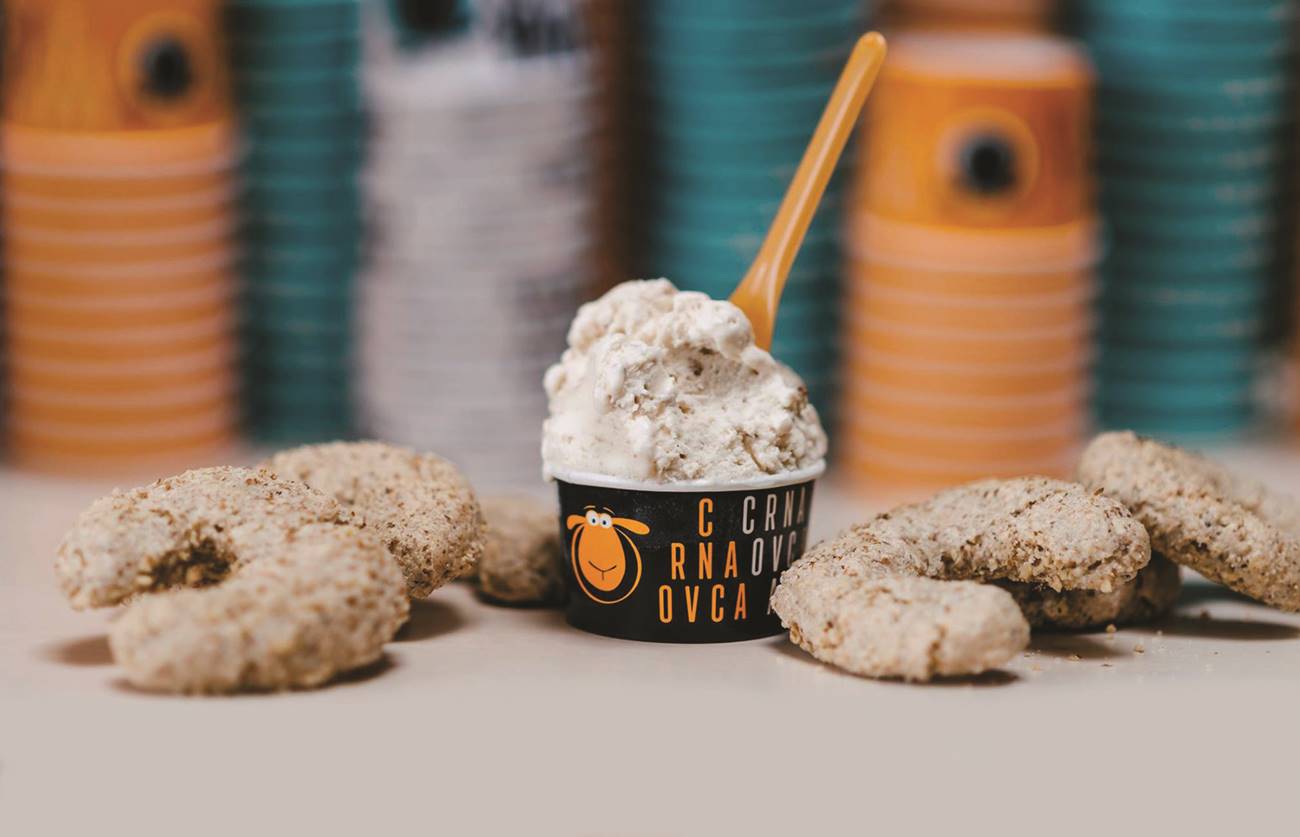Da li sladoled goji? Da li možeš uživati u sladoledu tokom dijete?
Sladoled, večiti simbol letnje radosti, često je prva stvar koju izbacujemo iz ishrane kada odlučimo da započnemo dijetu. Međutim, da li to zaista mora da bude tako? Savremena nutricionistika otkriva da uz prave izbore i … Read more



